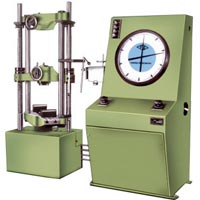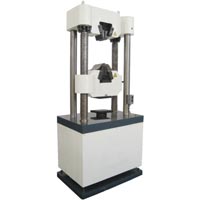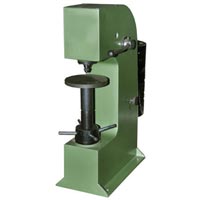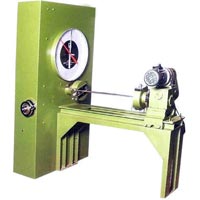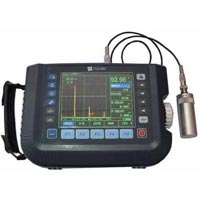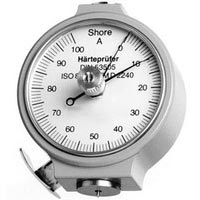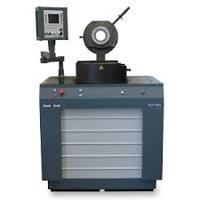Listing ID #4866116
Company Information
Ask for more detail from the seller
Contact SupplierRandom Tumble Pilling Tester, to determine the pilling and fizzing characteristics of textile fabrics. Random Tumble Pilling Tester uses stainless steel impellers that rotate within individually lit aluminum chambers constantly tumbling test fabrics against cork liners for a pre-determined time controlled by a timer and audible alarm.
Compressed air is also injected into the chamber to assist in the tumbling action. With 2 or 4 pilling test chambers. Laboratory standard compressed air supply is required.
Optional order
Scope
For directions covering the measurement of resistance to pilling by the Appearance Retention Tester, refer to Method D 1375 in the 1973 Annual Book of ASTM Standards, Part 24. For direction covering the measurement of resistance to pilling by the Inflated Diaphragm Tester and the Reciprocating Table Tester, Refer to Method D 1375 in the 1966 Annual Book of ASTM Standards, Part 24.
Definations
For definitions of other textile terms used in this method, refer to Terminology D123.
Summary Of Test Method
Pilling and other changes in surface appearance, such as fuzzing, that occur in normal wear are simulated on a laboratory testing machine. Fabrics are caused to form typical pills by a random rubbing motion produced by tumbling specimens in a cylindrical test chamber lined with a mildly abrasive material. In order to form pills that resemble those produced in actual wear in appearance and structure, small amounts of short length cotton fiber (gray in color) are added to each test chamber with the specimens. The degree of fabric pilling is evaluated by comparison of the tested specimens with visual standards that may be actual fabrics or photographs of fabrics or photographs of fabrics, showing a range of pilingresistance. The observed resistance to pilling is reported on an arbitrary scale ranging from No.5 (no pilling) to No.1 (verysevere pilling).
Uses And Significance
Apparatus, Reagents, And Materials
Sampling
My Q Instruments is an independent industry meeting the day-to-day needs of everyone. This sector turns fiber to fabric and fabric to garment to ensure to provide the best to the market. Every single stage is tested to ensure to provide the right standards of quality as well as safety. My Q Instruments is a professional name of the market offering high-quality products. We are a reliable manufacturer and supplier of Fabric Testing Instruments, Garment Testing Instruments, Lab Dyeing Instruments, Yarn Testing Equipments, Swatch Cutting Machine, etc. Besides this, we also render value-added Machine Calibration Service. We provide high-quality products to provide clients with the best products and reliable services.
Mr. Yashraj Srivastav is the Owner of My Q Instruments, who has years of expertise and skills in the domain of Lab Dyeing Instruments, Yarn Testing Equipments, Fabric Testing Instruments, Garment Testing Instruments, Swatch Cutting Machine, etc. The company is located at Delhi (Delhi, India) with modern production base and team of skilled professionals.
Production Unit
Our production unit has technically-advanced machines and tools to ensure the production of advanced and durable machines. The unit is managed by experienced engineers and designers having years of expertise in the domain of Fabric Testing Instruments, Garment Testing Instruments, Lab Dyeing Instruments, Yarn Testing Equipments, etc.
Why Choose Us?
We have carved a niche in the market due to the given below factors:


